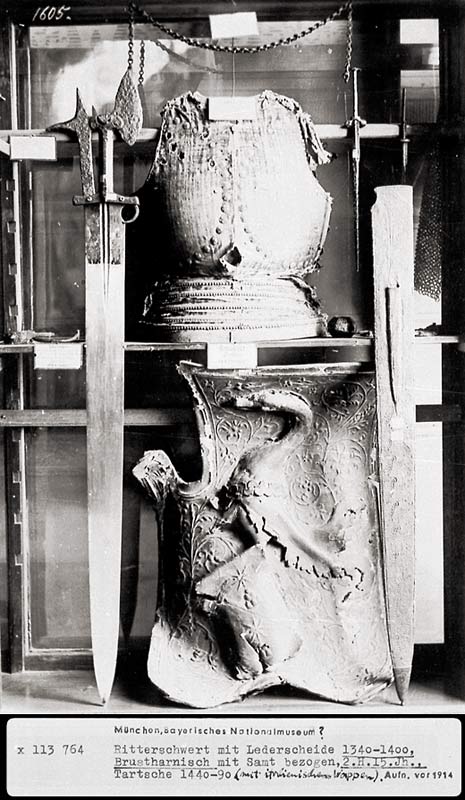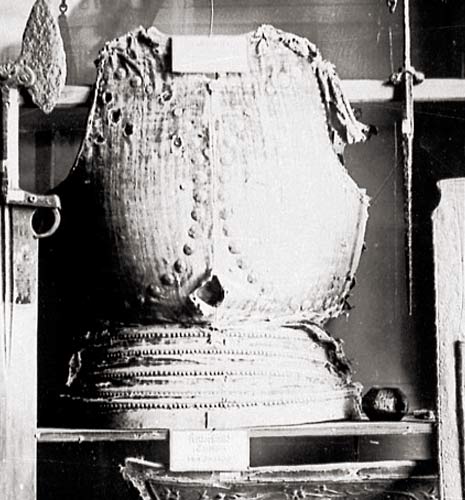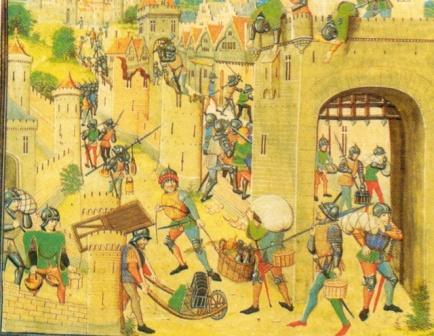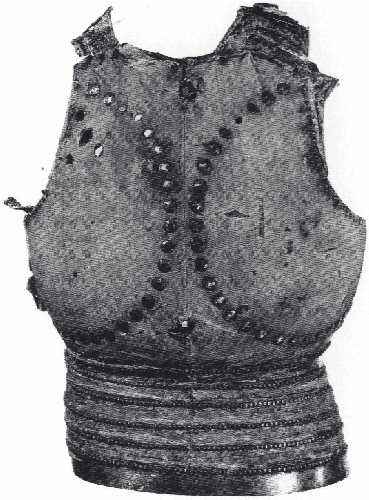But what I am really curious about is the armour. It appears to be covered in fabric and I was hoping to get a discussion going about it. I'm especially eager to read thoughts as to exactly what it is thought to be.
Thank you.

Objects from The Bayerisches Nationalmuseum

From The Bayerisches Nationalmuseum (close-up)



